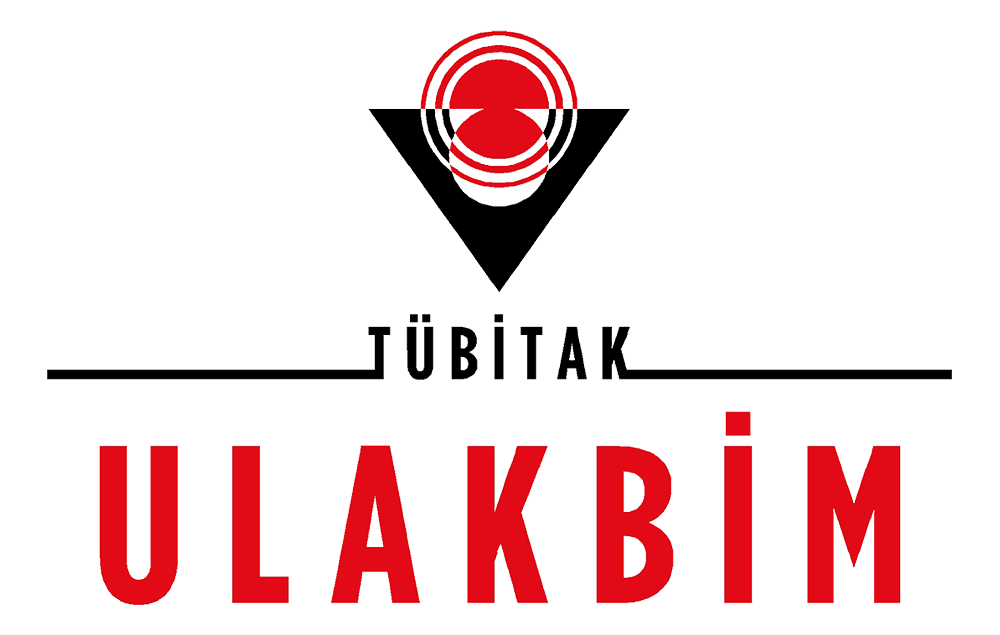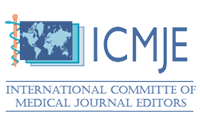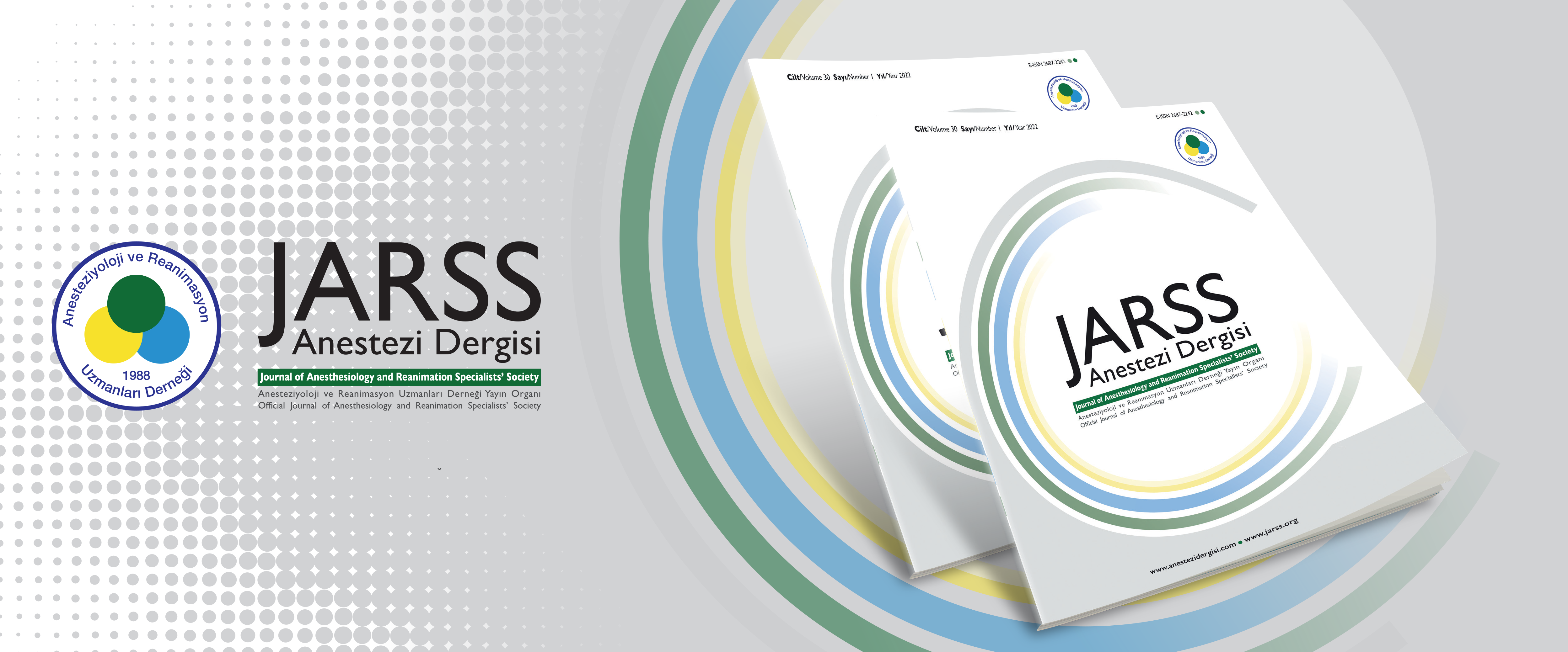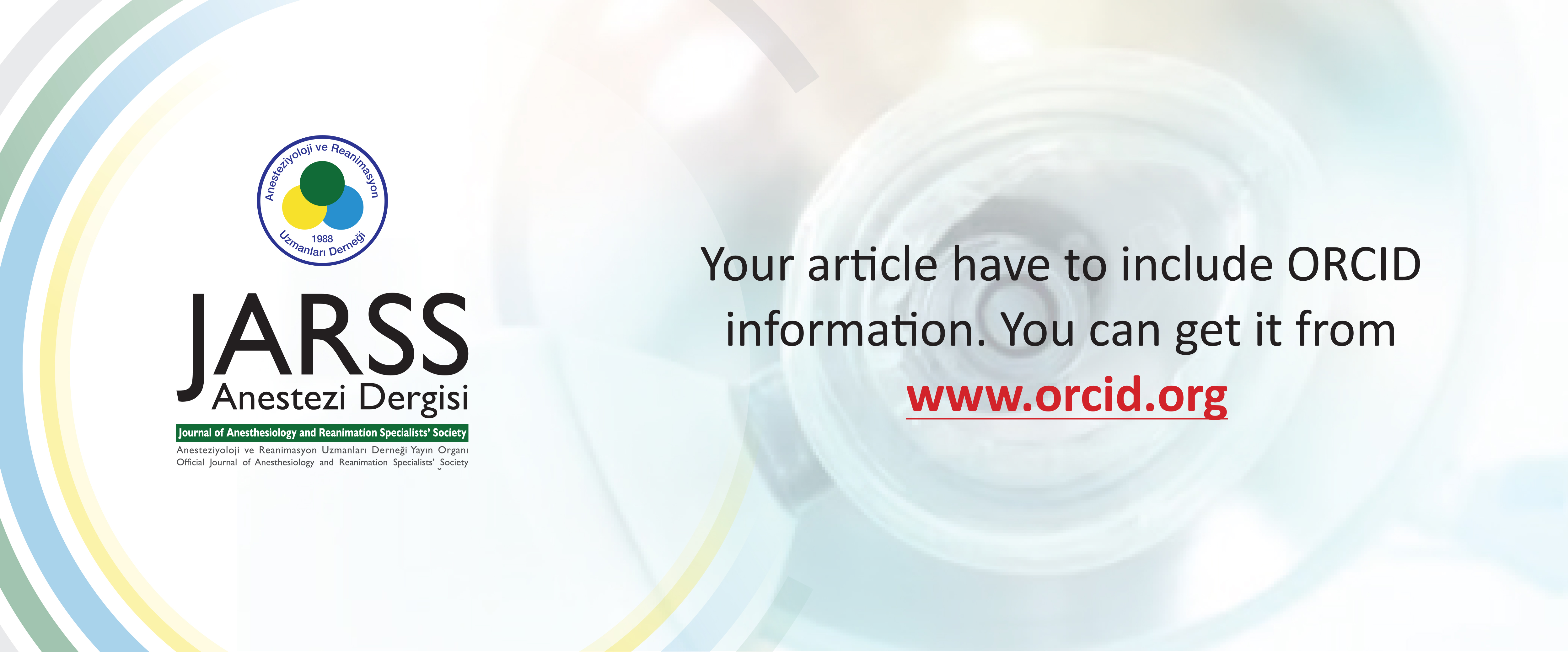Factors Affecting Postoperative Nausea and Vomiting in Sedated Patients for Interventional Radiology Procedures: A Prospective Observational Study
Murat Tumer1, Ceren Bayrak2, Fatma Gonca Eldem3, Emre Unal3, Bora Peynircioglu3, Ayse Heves Karagoz21VKV Amerikan Hospital, Department of Anesthesiology and Reanimation, Istanbul, Türkiye2Hacettepe University, Faculty of Medicine, Department of Anesthesiology and Reanimation, Ankara, Türkiye
3Hacettepe University, Faculty of Medicine, Department of Radiology, Ankara, Türkiye
Objective: Interventional radiology (IR) offers minimally invasive alternatives with reduced risk and faster recovery compared to traditional surgery. However, postoperative nausea and vomiting (PONV) remain common complications. This study explores the incidence and predictors of PONV in patients undergoing sedation anesthesia for IR procedures.
Method: Ethical approval was obtained for this study at Hacettepe University Hospital from January to August 2023. Participants included patients aged 18 and older with American Society of Anesthesiologists scores of 1-3, undergoing sedation anesthesia. Exclusions involved those with pre-existing nausea, nausea-inducing medications, or conditions predisposing to nausea. Data collected included demographics, PONV history, comorbidities, smoking status, medications, anesthesia duration, and sedatives used. Nausea and vomiting were assessed using the Abramowitz emetic scoring scale. Predictors of PONV were analyzed using univariate and multivariate logistic regression.
Results: Of 213 patients (112 females, 101 males), 12.2% experienced nausea and 1.9% experienced vomiting. A history of PONV was a significant predictor of recurrence (OR=12.39, p<0.001). Although the use of multiple sedatives was associated with higher nausea rates, this was not statistically significant. Excluding volatile anesthetics and specific patient demographics likely contributed to lower PONV rates than those reported in the literature.
Conclusion: The study underscores the importance of considering patient history and limiting sedative use to manage PONV in IR anesthesiology effectively. The exclusion of volatile anesthetics and demographic factors significantly influenced the PONV incidence. Findings advocate for personalized sedation strategies and further research into specific sedative
Keywords: Interventional radiology anesthesia, sedation, PONV
Girişimsel Radyoloji İşlemleri için Sedasyon Uygulanan Hastalarda Postoperatif Bulantı ve Kusmayı Etkileyen Faktörler: Prospektif Gözlemsel Çalışma
Murat Tumer1, Ceren Bayrak2, Fatma Gonca Eldem3, Emre Unal3, Bora Peynircioglu3, Ayse Heves Karagoz21VKV Amerikan Hastanesi, Anesteziyoloji ve Reanimasyon Bölümü, İstanbul, Türkiye2Hacettepe Üniversitesi Tıp Fakültesi, Anesteziyoloji ve Reanimasyon Ana Bilim Dalı, İstanbul, Türkiye
3Hacettepe Üniversitesi Tıp Fakültesi, Radyoloji Ana Bilim Dalı, İstanbul, Türkiye
Amaç: Girişimsel radyoloji (GR), geleneksel cerrahiye kıyasla daha düşük risk ve hızlı iyileşme süreci sunan minimal invaziv bir alternatiftir. Ancak postoperatif bulantı ve kusma (POBK) sık görülen komplikasyonlar arasında yer almaktadır. Bu çalışma, GR’lerde sedasyon anestezisi uygulanan hastalarda POBK insidansını ve öngördürücü faktörleri araştırmayı amaçlamaktadır.
Yöntem: Etik kurul onayı alınarak Ocak–Ağustos 2023 tarihleri arasında Hacettepe Üniversitesi Hastanesi’nde prospektif gözlemsel çalışma yürütülmüştür. Çalışmaya Amerikan Anestezistler Derneği skoru 1–3 olan, 18 yaş ve üzeri hastalar dahil edilmiştir. Önceden mevcut bulantısı olan, bulantıya neden olabilecek ilaç kullanan veya bulantıya yatkınlık oluşturan durumu bulunan hastalar çalışma dışında bırakılmıştır. Demografik veriler, POBK öyküsü, komorbiditeler, sigara kullanımı, ilaçlar, anestezi süresi ve kullanılan sedatifler kaydedilmiştir. Postoperatif bulantı ve kusma, Abramowitz emetik skorlama ölçeği ile değerlendirilmiş, öngördürücüler tek ve çok değişkenli lojistik regresyon analizi ile incelenmiştir.
Bulgular: Toplam 213 hasta (112 kadın, 101 erkek) çalışmaya dahil edilmiştir. Hastaların %12,2’sinde bulantı, %1,9’unda kusma görülmüştür. Postoperatif bulantı kusma öyküsü, tekrar gelişimi için anlamlı bir öngördürücü bulunmuştur (OR=12,39, p<0,001). Birden fazla sedatif kullanımı daha yüksek bulantı oranları ile ilişkili olmakla birlikte istatistiksel olarak anlamlı bulunmamıştır. Uçucu anesteziklerin kullanılmaması ve belirli demografik faktörler, literatürde bildirilen oranlara kıyasla daha düşük POBK oranlarıyla ilişkili bulunmuştur.
Sonuç: Girişimsel radyoloji anestezisinde POBK yönetiminde hasta öyküsünün dikkate alınması ve sedatif kullanımının sınırlandırılması önem taşımaktadır. Volatil anesteziklerin dışlanması ve demografik faktörler POBK insidansını belirgin şekilde etkilemiştir. Bulgular, kişiselleştirilmiş sedasyon stratejilerinin uygulanmasını ve farklı sedatif kombinasyonlarına yönelik ileri araştırmalar yapılmasını desteklemektedir. Sedasyon protokollerinin standartlaştırılması, GR uygulamalarında hasta sonuçlarını iyileştirebilir.
Anahtar Kelimeler: Girişimsel radyoloji anestezisi, sedasyon, POBK
Manuscript Language: English
(177 downloaded)
















